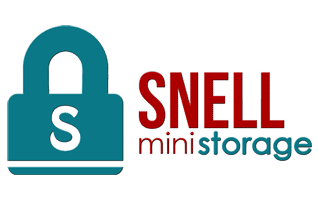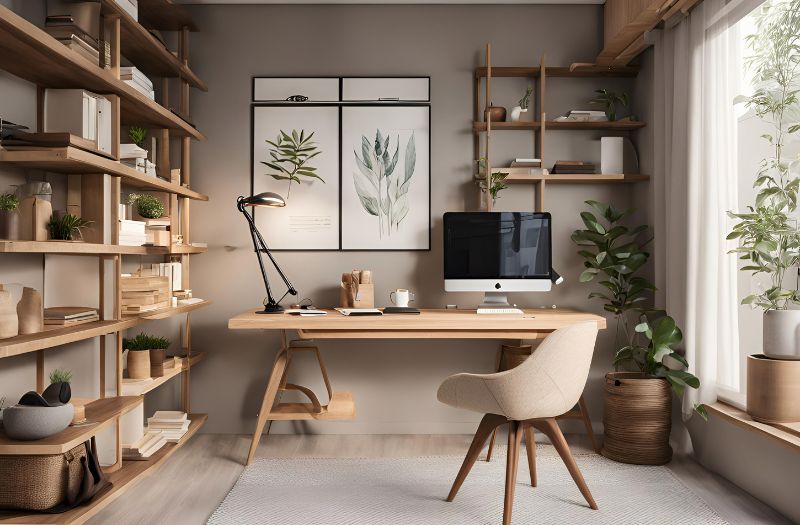Setting up a productive and comfortable home office requires more than just a desk and a chair. To create a truly efficient workspace, you’ll want thoughtful storage and organization solutions that minimize clutter, keep essentials within reach, and maintain an atmosphere that encourages focus.
Below are 15 creative, practical storage and organization ideas, each with actionable tips to help you design a home office that not only meets your needs but also inspires productivity.
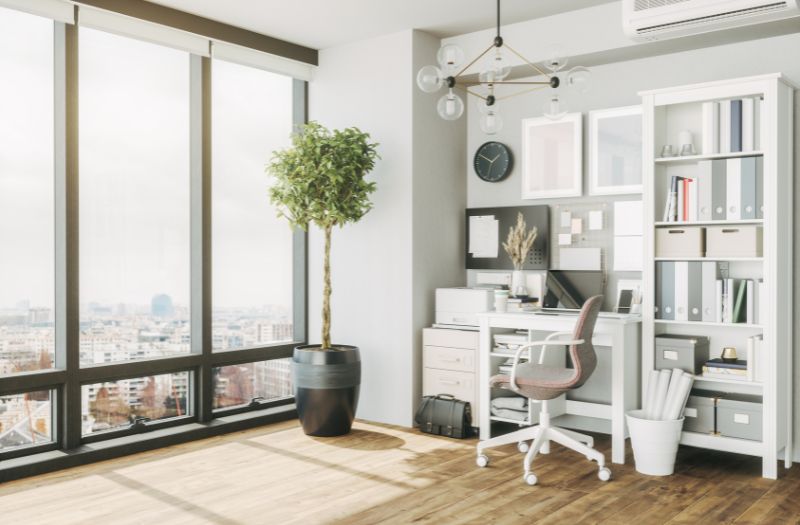
1. Start with a Dedicated Storage Wall
Transforming an entire wall into a custom storage solution offers a visually cohesive and highly functional way to store everything you need. By using a combination of shelves, cabinets, and drawers along one wall, you can easily store documents, supplies, and personal touches.
- Tip: Mix open and closed storage to keep frequently accessed items visible and hide less attractive clutter behind closed doors.
- Why: A storage wall leverages vertical space, maximizing storage while making your office feel more spacious and organized.
2. Install a Floating Desk with Built-In Storage
For smaller rooms, a floating desk with built-in drawers or compartments offers both style and storage. Mounted to the wall, these desks save precious floor space, making even the smallest home office feel open.
- Tip: Consider a model with under-desk compartments or shelves above the desk for added convenience.
- Why: Floating desks not only make your office appear larger but also provide dedicated storage for items you need within reach, ensuring your workspace remains clear.
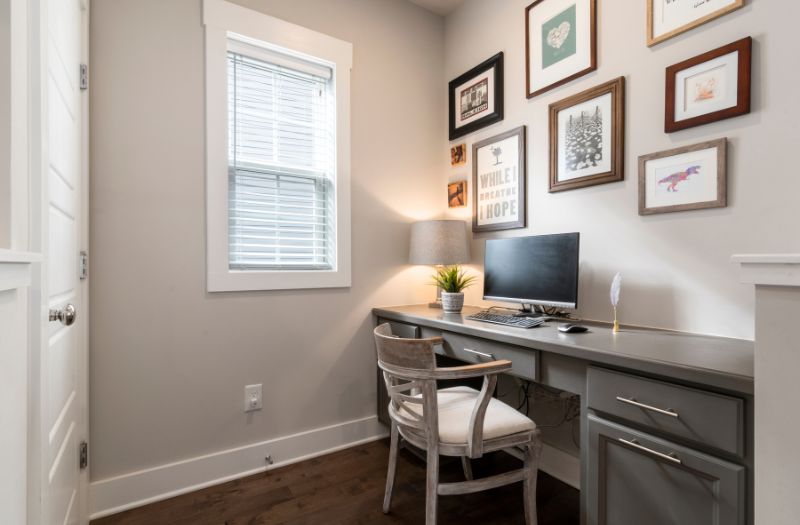
3. Incorporate Multi-Purpose Furniture
Furniture that serves more than one function is invaluable in any home office. Opt for desks with storage units attached, ottomans with internal storage, or side tables that double as filing cabinets.
- Tip: Choose neutral colors for multifunctional pieces to create a calm, cohesive look and avoid visual clutter.
- Why: Multi-functional furniture keeps essential items stored without taking up extra space, helping to maintain an open and efficient layout.
4. Use Drawer Dividers for Office Supplies
Without dividers, desk drawers can quickly become catch-alls. By using drawer dividers, you can create designated compartments for pens, notepads, and other supplies, keeping your desk orderly and accessible.
- Tip: Choose adjustable dividers to create a customized organization system for various office supplies.
- Why: Dividers prevent your supplies from tangling and getting lost, reducing the time you spend searching for tools and helping you maintain a clutter-free workspace.
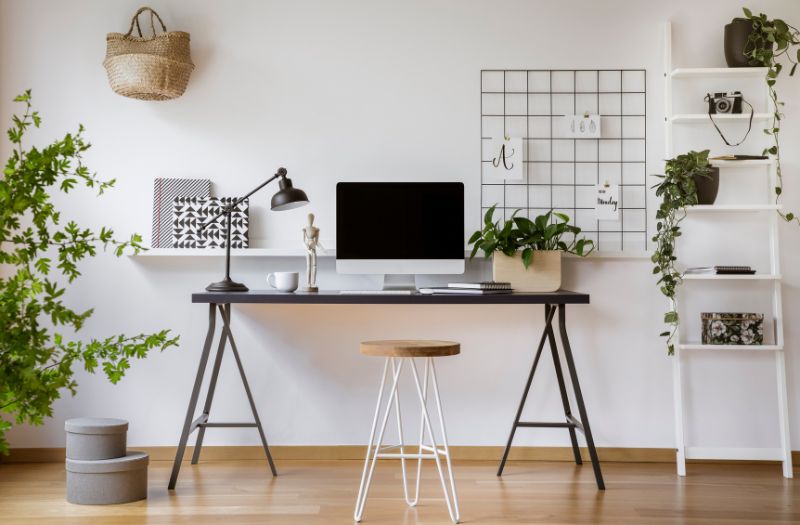
5. Install a Pegboard Wall for Easy Access
Pegboards are a versatile addition to any home office, keeping items like scissors, headphones, or even small potted plants within easy reach.
- Tip: Organize items by frequency of use; keep everyday items within arm’s reach and store occasional items higher up.
- Why: Pegboards make it easy to add, move, and rearrange items without taking up valuable desk space, allowing for flexible storage solutions.
6. Roll Out a Mobile Storage Cart
A rolling cart is a flexible storage option that can hold everything from files to art supplies. The best part? You can move it around the room as needed or tuck it away when not in use.
- Tip: Label each level of the cart for different categories (e.g., “To-Do,” “In Progress,” “Complete”) to streamline workflow.
- Why: A mobile storage cart allows you to customize your workspace without crowding your desk, freeing up surface area for more essential tasks.
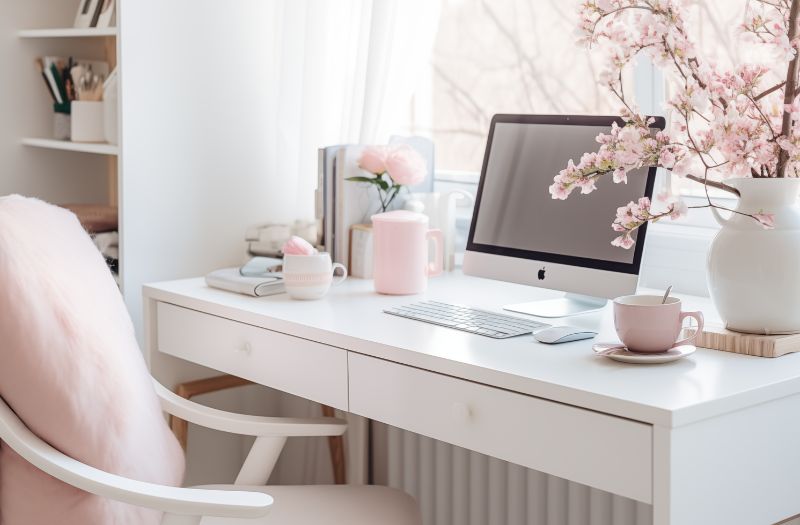
7. Install Under-Desk Storage Solutions
Under-desk storage provides the perfect place for supplies you need often but don’t want cluttering your desk. Look for options like clamp-on drawers or baskets for extra storage space.
- Tip: Use clear containers or label each drawer to quickly find items without opening everything.
- Why: Under-desk storage keeps your workspace neat by keeping lesser-used items within reach but out of sight, giving you more space to work.
8. Mount Floating Shelves Above Your Desk
Floating shelves add both functionality and style to your home office, keeping books, binders, and decor accessible while preserving desk space.
- Tip: Group similar items on each shelf for easy identification and to create a visually appealing look.
- Why: Floating shelves provide vertical storage that’s easy to reach and arrange, allowing you to keep important items close at hand without a cluttered workspace.
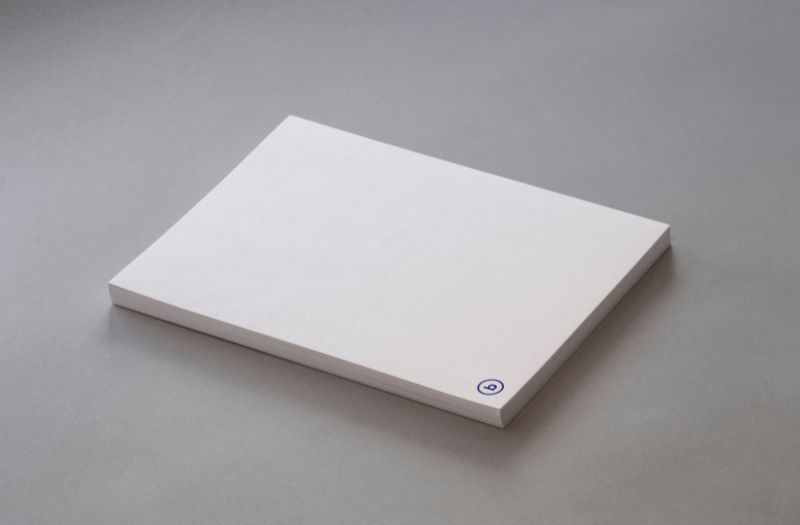
9. Use Stackable Storage Bins for Papers
Papers and files often pile up on desks, making stackable bins a lifesaver. Assign each bin to a category like “Incoming,” “To Process,” and “Completed” to organize paperwork.
- Tip: Label each bin with its category for quick identification, making it easier to stay on top of paperwork.
- Why: Stackable bins help you avoid the chaos of paper piles, providing a designated space for documents and helping you maintain an orderly desk.
10. Opt for a Compact Filing Cabinet
A small filing cabinet offers a secure way to store sensitive documents while keeping them out of sight. Look for lockable options to add an extra layer of security.
- Tip: Use color-coded file folders for each category or project to make it easier to find files quickly.
- Why: Filing cabinets keep important paperwork organized and secure, reducing desktop clutter and giving you a dedicated place for files.

11. Hang a Wall-Mounted Magazine Rack for Papers
Wall-mounted racks are ideal for storing paperwork, notebooks, or folders that you need regularly, without taking up desk or drawer space.
- Tip: Use one slot per project or client, making it easy to grab the necessary papers when needed.
- Why: A magazine rack keeps reference materials visible and within easy reach, without piling up on your desk.
12. Create a Dedicated Tech Charging Station
If you have multiple devices, a dedicated charging station prevents cables and tech from cluttering up your workspace. This area can also serve as a designated tech storage area.
- Tip: Use a cable management box to keep wires tidy, avoiding tangling and improving the appearance of your charging area.
- Why: A charging station helps keep devices organized, reducing the visual clutter that can make a workspace feel chaotic.
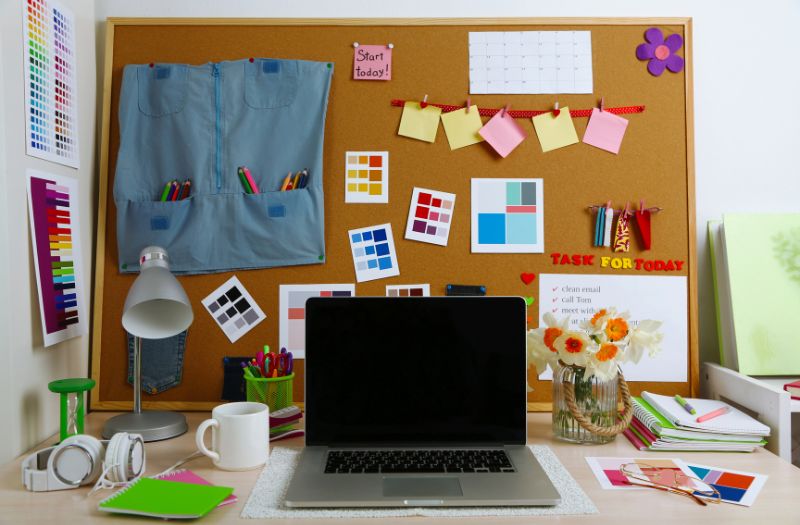
14. Add a Corkboard or Whiteboard for Visual Reminders
Sometimes it’s best to have reminders in view to stay on track with projects and deadlines. A corkboard or whiteboard above your desk gives you a space to pin notes, track progress, and organize your daily tasks.
- Tip: Color-code tasks or notes to differentiate between work and personal projects for clearer planning.
- Why: Visual boards keep you on track without the need to search through files or apps, providing an organized and immediate overview of ongoing work.
13. Consider Renting a Self-Storage Unit for Rarely Used Items
For items you rarely use but still need, consider a self-storage unit. Seasonal files, older records, or backup supplies can be stored offsite to save space in your home office.
- Tip: Select a climate-controlled storage unit for sensitive items like electronics or archived documents, ensuring they’re protected from humidity and temperature changes.
- Why: Self-storage keeps your home office lean and focused on essentials, reducing clutter and helping you maintain a streamlined workspace at home.
Conclusion:
With these creative storage and organization strategies, you can create a home office that’s both functional and inviting. An organized workspace reduces stress, minimizes distractions, and helps you stay focused.
With each item in its designated spot, you can achieve a workspace that fosters productivity and gives you the peace of mind to tackle your daily tasks.

If you’re looking for a storage facility to store your belongings, Snell Mini Storage has got you covered. At Snell Mini Storage, we offer a wide range of unit selections. To learn more about our self-storage facility, please check out our website at https://snellministorage.com/.
